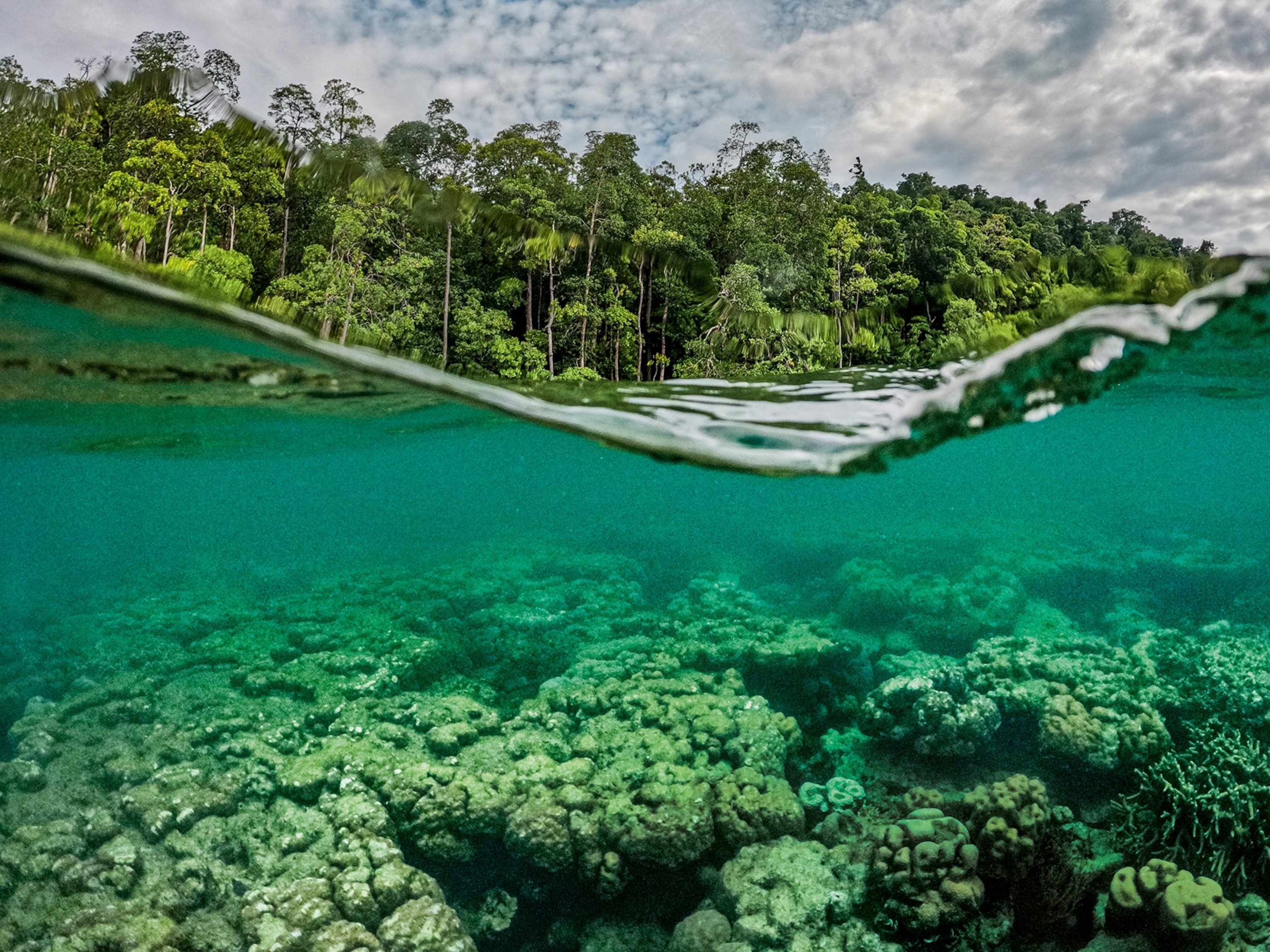The Great Barrier Reef, a colossal living structure visible from space, is facing an existential crisis defined by accelerating climate change and compounding local threats. This natural wonder, which stretches over 2,300 kilometers along the Queensland coast, is grappling with poor water quality, devastating Crown-of-Thorns starfish outbreaks, and—most critically—increasingly frequent and severe mass coral bleaching events driven by rising ocean temperatures. Despite the sobering reality that the reef’s long-term outlook remains “very poor,” an unprecedented, multi-billion dollar conservation effort is underway. This massive campaign merges cutting-edge science, rigorous management, and deep community partnership, transforming the fight for the reef into one of the world’s most vital, high-stakes conservation battles, proving that resilience, however challenged, is still a possibility.
Climate Change: The Overarching Threat and Bleaching Crisis
The single greatest threat to the Great Barrier Reef is global climate change, manifesting primarily through rising sea temperatures and ocean acidification. These factors trigger the devastating phenomenon known as mass coral bleaching.

Bleaching occurs when the stressed corals expel the symbiotic algae (zooxanthellae) that live in their tissues and provide their color and main food source. While corals can survive minor bleaching events, the reef has endured five mass bleaching events since 2016, including a severe one in 2023-2024 that affected roughly 74% of the marine park. The frequency and intensity of these heat stress events are outpacing the reef’s natural capacity to recover, which typically takes a decade or more for fast-growing corals. The scientific consensus is clear: without urgent global action to limit warming to 1.5°C, the reef’s long-term survival is jeopardized.
Addressing Local Pressures: Water Quality and Starfish
Recognizing that global climate action is slow, conservation efforts have intensified locally to address the compounding threats that reduce the reef’s natural resilience to heat stress. Two key priorities are water quality and pest control.

Poor water quality is caused by excessive sediment, nutrients (like nitrogen and phosphorus), and pesticides running off from agricultural areas in Queensland, particularly sugarcane and beef cattle farming. This nutrient overload fuels algal growth and contributes to the outbreaks of the destructive Crown-of-Thorns starfish (COTS). The Queensland Government and the Great Barrier Reef Marine Park Authority (GBRMPA) have committed over $1 billion to improve water quality through regulations, compliance measures, and funding projects that help farmers adopt better land-management practices, reducing runoff into coastal rivers and estuaries. Concurrently, targeted control programs actively cull COTS outbreaks to prevent catastrophic damage to recovering coral habitats.
The Scientific Counter-Offensive: Restoration and Adaptation
An “army of heartbroken, but resolute, marine scientists” is now employing world-leading techniques to actively restore and adapt the reef to the changing environment, supported by significant government and foundation investments.

This scientific counter-offensive involves innovative measures like Coral IVF and cryopreservation. Researchers collect coral spawn slicks during mass spawning events and raise the microscopic coral babies in protected laboratory environments, such as the National Sea Simulator. These ‘cryo-born’ or lab-raised coral babies are then deployed onto damaged reefs using specially designed ‘cradle-like’ devices, significantly improving their odds of survival in their critical first year. While these interventions cannot save the entire reef, they are critical for preserving genetic diversity and helping to “seed” key reefs, ensuring that when conditions stabilize, recovery can be accelerated by pre-adapted coral populations.
Management and Governance: A World-Class Framework
The protection of the Great Barrier Reef is guided by the Reef 2050 Long-Term Sustainability Plan, Australia’s overarching framework for management and investment. This plan has established world-leading protection and zoning measures.

A large part of the reef is designated as a Marine Park, with areas strictly zoned for different uses, including ‘No-Take’ zones that protect approximately 33% of the reef from fishing and other extractive activities. Recent regulatory successes include the ban on commercial gillnets and small bait mesh nets in the northern third of the property and all dugong protection areas, aimed at safeguarding threatened species like turtles and dugongs. Furthermore, Master Reef Guides play a vital role in tourism, ensuring that visitors receive engaging, educational experiences that promote stewardship and convey the importance of conservation, transforming tourists from passive viewers into active participants in the reef’s survival story.
Signs of Resilience and Hope
Despite the severity of the threats, the reef is demonstrating remarkable resilience, giving scientists and managers crucial windows of hope and recovery.

The 2024 Great Barrier Reef Outlook Report noted that the overall condition of fast-growing coral reef habitats had shown improvements in the Central and Northern regions during the reporting period (prior to the 2023-2024 bleaching event). This recovery was possible due to brief lulls between major disturbances. Additionally, the condition of seagrass meadows has improved, and populations of humpback whales and estuarine crocodiles have continued their recovery. These positive trends confirm that effective local management—controlling water quality and COTS outbreaks—can successfully buy the reef time, allowing its natural resilience to function while the world addresses the root cause of climate change.




